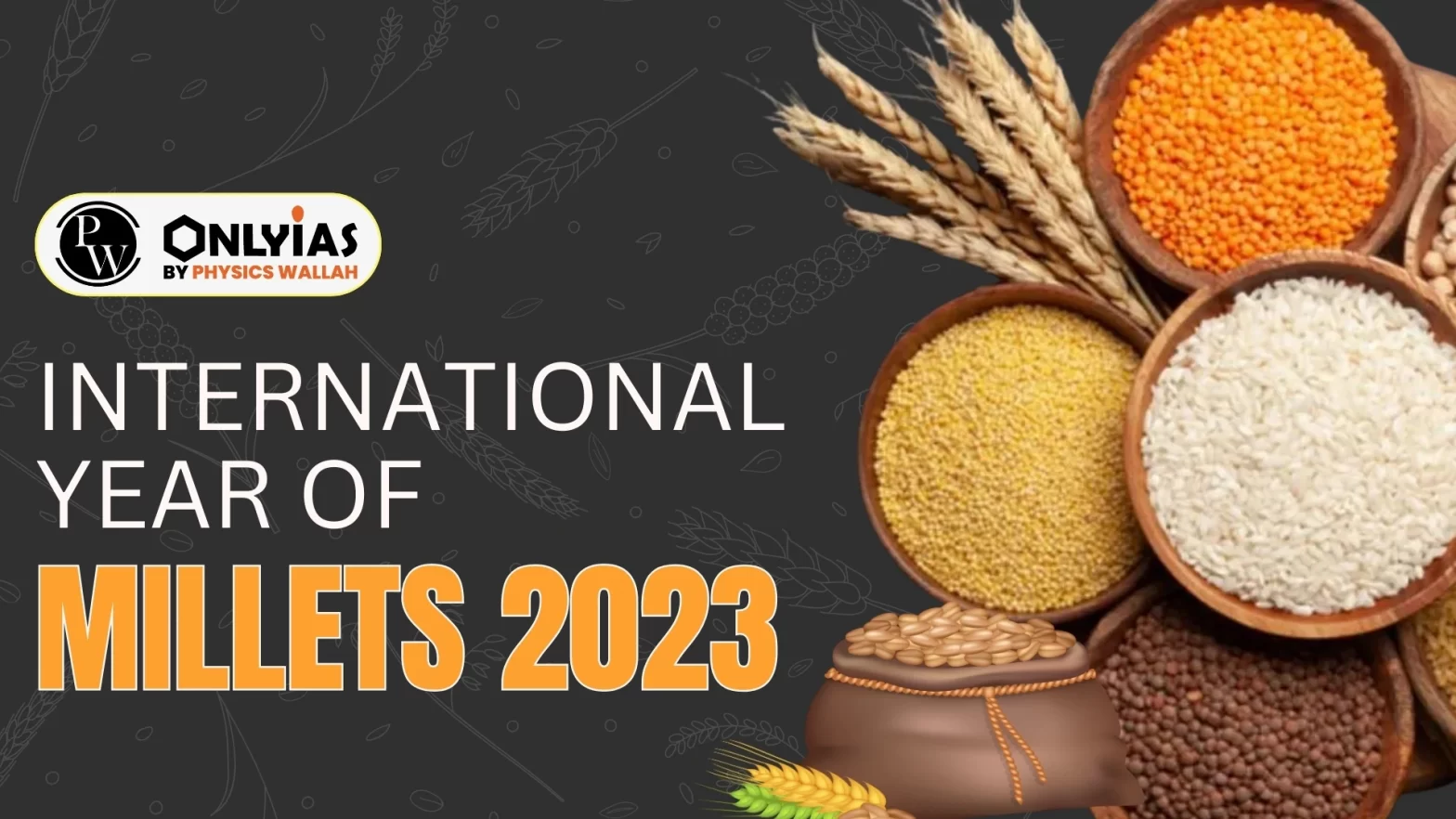The year 2023 has been recognised as the International Year of Millets by the Food and Agriculture Organization and the United Nations.

Questionnaire
|
|---|
Context: The year 2023 has been recognised as the International Year of Millets by the Food and Agriculture Organization and the United Nations.
| Must Read | |
| NCERT Notes For UPSC | UPSC Daily Current Affairs |
| UPSC Blogs | UPSC Daily Editorials |
| Daily Current Affairs Quiz | Daily Main Answer Writing |
| UPSC Mains Previous Year Papers | UPSC Test Series 2024 |

<div class="new-fform">
</div>